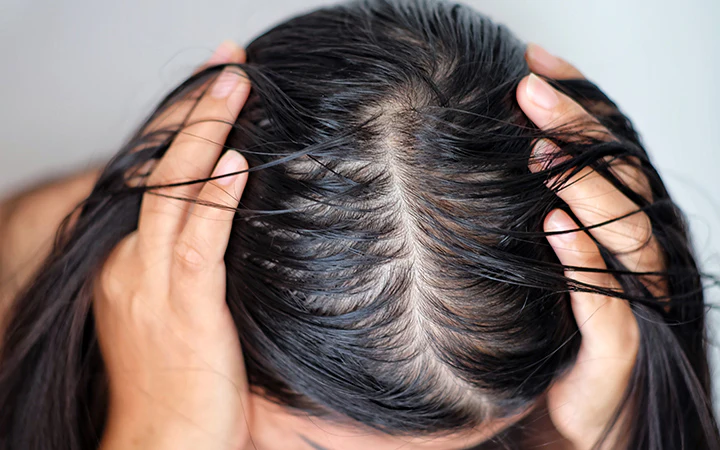Laser hair removal offers a long-term solution to reducing unwanted hair, but the process doesn’t eliminate all hair overnight. One of the most common questions people ask is whether shaving is allowed after a laser session and how soon it can be done. Here, we’ll discuss when you can shave after laser hair removal, how laser treatments work, and common misconceptions about shaving during treatment.
How Laser Hair Removal Works
Laser hair removal uses special light beams that turn into heat. This heat targets the dark pigment (melanin) in your hair. The heat then travels to the hair follicle, where hair grows, and stops future hair from growing. After just one laser treatment, you might see a 10% to 25% reduction in hair growth. Most people need 2 to 6 treatments spaced out over a few weeks for the best results.
Can You Shave After Laser Hair Removal?
Yes! You can shave after laser hair removal, but not right away. It’s important to wait until your skin calms down after the laser treatment. If your skin feels normal and isn’t red or bumpy, you can shave as soon as the same day! Shaving won’t affect the results of your laser treatment because the laser only works on the hair follicle, not the hair on the surface of your skin.
Myths About Shaving After Laser Hair Removal
Myth 1: Shaving Before Laser Treatment Is Bad
- Fact: Shaving before your laser treatment is actually helpful! It removes the hair above the skin’s surface so the laser can reach the hair follicle more easily.
Myth 2: You Can’t Shave Between Laser Treatments
- Fact: Shaving between your laser sessions is totally fine. Unlike waxing or plucking, shaving doesn’t remove the hair follicle. This is good because the laser needs the follicle to be there to work properly.
Myth 3: Shaving Affects Laser Treatment Results
- Fact: Shaving does not interfere with the laser treatment. It doesn’t damage the follicles, so the laser can still target them during each session.
Myth 4: Shaving Makes Hair Grow Back Faster or Thicker
- Fact: Shaving won’t make your hair grow faster or thicker. Sometimes, hair might feel different when it grows back because shaving cuts it at a blunt angle, but it doesn’t change how fast or thick it grows.
Facts About Shaving After Laser Hair Removal
Fact 1: Shaving Is Safe, But Avoid Other Hair Removal Methods
It’s perfectly safe to shave after laser hair removal, but you should avoid waxing, plucking, or tweezing. These methods remove the hair follicle, and if the follicle is gone, the laser won’t have anything to target during your treatments.
Fact 2: Shaving Doesn’t Cause Skin Irritation If Done Correctly
To avoid irritation after a laser session:
- Use a fresh razor to reduce the risk of bumps or cuts.
- Hydrate your skin with a soothing moisturizer or aloe vera gel before and after shaving.
- Shave gently in the direction of your hair growth, and don’t press too hard.
Fact 3: Hair Growth Will Reduce Over Time
As you go through more laser sessions, you’ll notice your hair grows back more slowly and thinner. Eventually, you may only need to shave once in a while, as there will be less hair.
Best Practices for Shaving After Laser Hair Removal
When Should You Shave?
It’s best to wait 24–48 hours after a laser treatment to let your skin heal before shaving. If your skin feels sensitive or irritated, give it a little more time to calm down.
How to Shave Safely:
- Use shaving cream to protect your skin and make shaving easier.
- Always moisturize after shaving to keep your skin soft and healthy.
- Shave gently and follow the direction your hair grows to avoid irritation.
Watch for Skin Reactions
After shaving, check your skin for any redness or bumps. If you notice irritation, give your skin more time before shaving again. Don’t over-shave, as this can cause more sensitivity. As laser treatments progress, you’ll find that you won’t need to shave as often.
Conclusion
Shaving after laser hair removal is safe and even recommended between treatments. Just remember to wait a day or two if your skin feels sensitive after the laser session. Follow proper shaving techniques, and soon, you’ll find yourself needing to shave less often as your laser treatments work their magic!



